Frankincense Powder
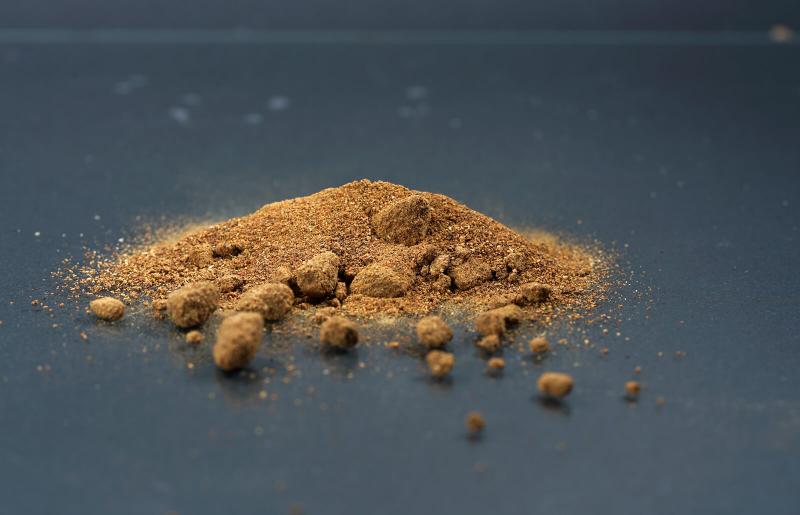
Frankincense Powder, derived from the resin of the Boswellia tree, is a revered substance with a long history of use in spiritual, medicinal, and cosmetic practices. Known for its rich, aromatic scent, Frankincense has been a key ingredient in incense, religious ceremonies, and traditional medicine across various cultures. The powder is produced by grinding dried Frankincense resin into a fine consistency, making it easier to use in various applications, from skincare to spiritual rituals.
1. Size:
- Frankincense Powder is typically very fine, with individual particles ranging from 20 to 50 microns in size. When sifted, the powder has a smooth, soft texture similar to talcum powder.
2. Color:
- The powder ranges in color from pale yellow to light brown, depending on the quality and origin of the resin used. Higher quality Frankincense Powder tends to be lighter in color and more fragrant.
3. Texture:
- Frankincense Powder has a smooth, soft texture when finely ground. It can be slightly sticky to the touch due to the natural oils present in the resin. The powder is easily absorbed into the skin, making it ideal for use in cosmetics and topical applications.
4. Fragrance:
- Frankincense is renowned for its rich, warm, and slightly spicy aroma, with hints of pine and citrus. The fragrance is both uplifting and grounding, making it a popular choice in incense and aromatherapy for promoting relaxation and spiritual connection.
5. Uses:
- Frankincense Powder is commonly used in aromatherapy for its calming and meditative properties. It can be added to incense, diffusers, or bath salts to enhance relaxation and spiritual awareness.
- The powder is often incorporated into skincare products for its anti-inflammatory and rejuvenating properties. It is believed to help reduce the appearance of scars, wrinkles, and blemishes.
- In traditional medicine, Frankincense has been used to support respiratory health, improve digestion, and reduce inflammation. It is also believed to have wound-healing properties when applied topically.
- Frankincense Powder is a staple in many spiritual rituals and religious ceremonies. It is burned as incense to purify spaces, attract positive energy, and deepen meditation practices.
6. Habitat:
- Frankincense trees (Boswellia species) are native to the arid regions of the Arabian Peninsula, particularly Oman, Yemen, and Somalia. These hardy trees thrive in dry, rocky soils and are well adapted to withstand harsh desert conditions.
7. Cultural and Spiritual Significance:
- Frankincense has been used as sacred incense for thousands of years, particularly in religious ceremonies in the Middle East and North Africa. It is mentioned in ancient texts, including the Bible, and was highly prized in the ancient world.
- In many cultures, Frankincense is considered a symbol of purity and divine presence. It is often used in rituals to cleanse spaces, invite spiritual protection, and promote healing.
Spiritual Properties
- Purification and Protection: Frankincense Powder is believed to have powerful purifying properties, helping to cleanse negative energy from spaces and individuals. It is commonly used in spiritual practices to protect against negative influences and promote inner peace.
- Enhancing Meditation: The calming and centering aroma of Frankincense makes it a popular aid for meditation and prayer. It is thought to help deepen spiritual awareness, enhance focus, and connect individuals with higher consciousness.
Medicinal Properties
- Anti-Inflammatory: Frankincense has potent anti-inflammatory properties, making it valuable in treating conditions like arthritis, asthma, and inflammatory bowel disease. The powder can be taken internally or applied topically to reduce inflammation and pain.
- Wound Healing: When applied topically, Frankincense Powder is believed to accelerate the healing of cuts, bruises, and other minor wounds. It may also help prevent infection and reduce the appearance of scars.
- Respiratory Health: Frankincense has been traditionally used to support respiratory health by easing symptoms of bronchitis, asthma, and colds. Inhaling the vapors or using it in a chest rub can help open airways and reduce congestion.
Allergic Reactions
Frankincense Powder is generally considered safe for most people, but as with any natural substance, allergic reactions can occur.
- Skin Sensitivity: Some individuals may experience skin sensitivity or allergic reactions, such as redness, itching, or a rash, when using Frankincense Powder topically. It’s advisable to perform a patch test before widespread application.
- Respiratory Irritation: Inhaling large amounts of Frankincense Powder, especially in its raw form, may cause respiratory irritation, including coughing or shortness of breath. This is more likely in individuals with asthma or other respiratory conditions.
- Digestive Upset: Ingesting large amounts of Frankincense Powder may cause digestive discomfort, including nausea, vomiting, or stomach cramps. It’s important to use the powder sparingly and consult a healthcare provider before internal use.
- Blood Thinning Effects: Frankincense may have blood-thinning properties, which could increase the risk of bleeding, especially in individuals taking anticoagulant medications. It’s recommended to avoid using Frankincense Powder internally if you are on blood-thinning medication.
- Headache: Some individuals may experience headaches or dizziness when exposed to strong concentrations of Frankincense Powder, particularly in enclosed spaces.
- Skin Dryness: Prolonged use of Frankincense Powder on the skin may lead to dryness or irritation, especially in those with sensitive or dry skin types. Moisturizing the skin after use can help prevent this side effect.
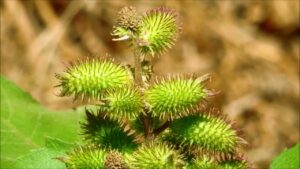
Xanthium
Xanthium Xanthium, commonly known as Cocklebur, is a herbaceous plant known for its spiky, bur-like seeds. It is a member of the Asteraceae family and
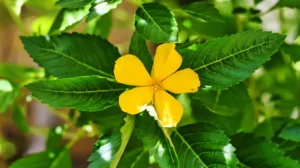
Damiana Leaf
Damiana Leaf Damiana Leaf is an aromatic herb known for its use in traditional medicine, particularly in Central and South America. It is valued for
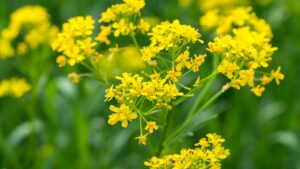
Isatis
Isatis Isatis, commonly known as Woad (Isatis tinctoria), is a biennial herb that has been historically significant due to its use as a dye plant.
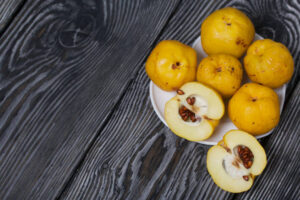
Quince Seeds
Quince Seeds Quince (Cydonia oblonga) is a deciduous tree that produces pear-shaped, aromatic fruits. The seeds of the quince fruit are small, brown, and glossy,
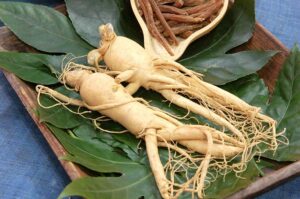
Ginseng Panax
Ginseng Panax Panax Ginseng, also known as Asian Ginseng or Korean Ginseng, is a perennial plant native to East Asia. The root is the most
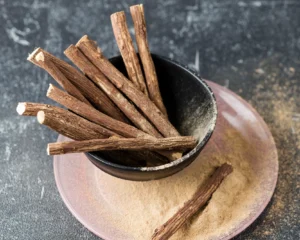
Licorice Root
Licorice Root Licorice Root is a perennial herb renowned for its sweet flavor and numerous health benefits. It has been used in traditional medicine for